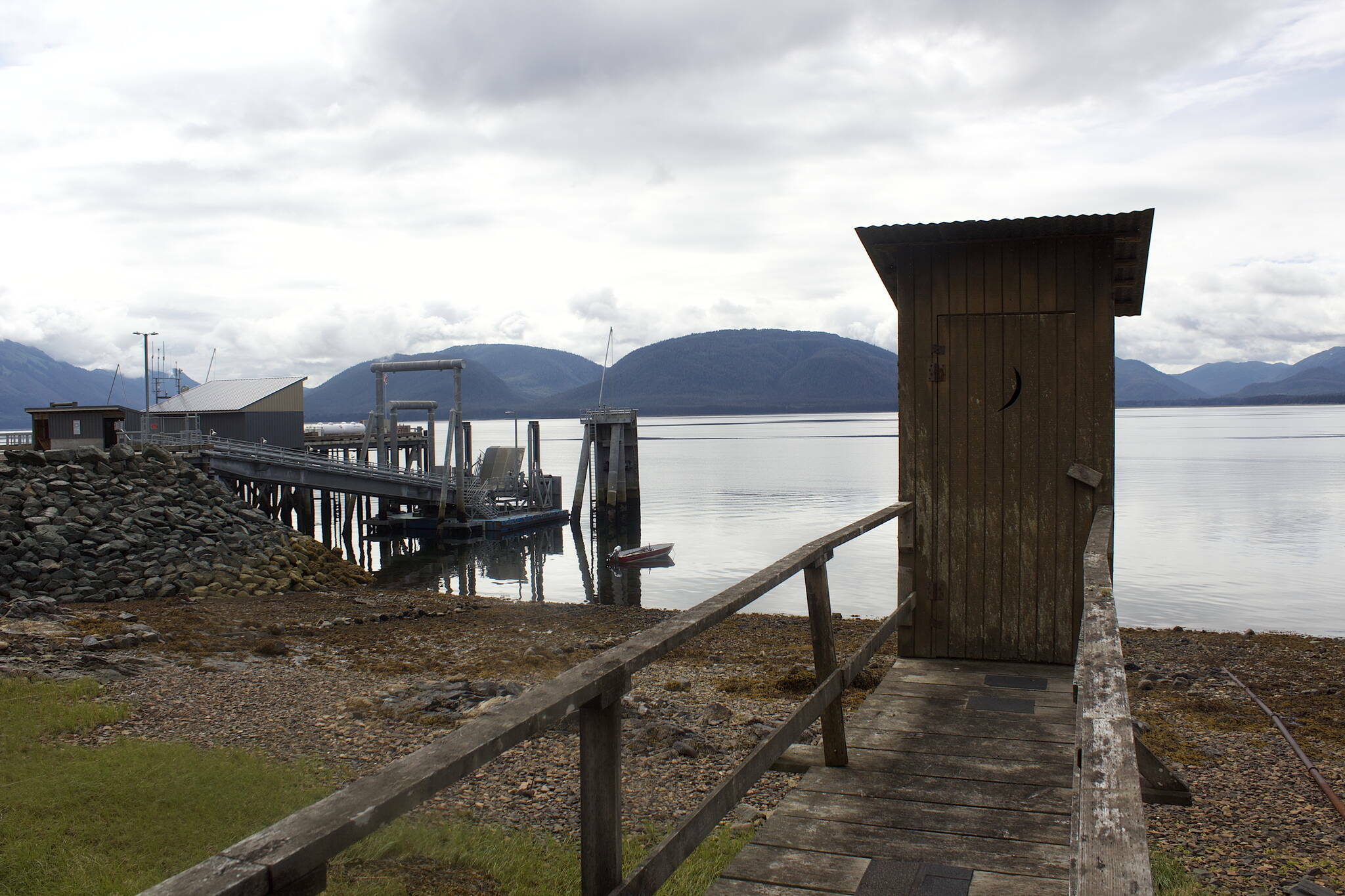There has been very little reporting on federal legislation that would greatly impact Southeast Alaska. Sponsored by Sen. Lisa Murkowski, Senate Bill 1889, and the companion legislation in the House of Representatives would distribute 23,040 acres to each of five new village corporations.
The lands that I am most familiar with are in Tenakee Inlet where the proposal cherry picks the most popular hunting and recreation areas in the Inlet bays, including Seal and Corner Bays and the portage to Port Fredrick at the head of the inlet.
Nearby selections of the Haines landless group include popular recreation areas close to Juneau, including Homeshore and Couverton. As a long-time resident of this region and a property owner in Juneau and Tenakee, I wish to share my concerns.
The 1971 Alaska Native Claims Settlement Act (ANCSA) was intended to resolve long-standing issues surrounding aboriginal land claims in Alaska. A total of 44 million acres were approved for selection and $960,000,000 was granted for the formation of village and regional Native Corporations. Individuals from communities that were not eligible for village corporation status were granted additional shares in the regional corporation. The language in the legislation stated that ANCSA would resolve once and for all future Native land claims.
If S.1889 were to become law, dozens of northern communities which did not meet the statutory requirements for village corporation status at the time of ANCSA passage, would likely pursue commensurate compensation given to the five ‘landless’ communities, opening a perpetual cycle of public land transfer.
In Tenakee, at the time of ANCSA passage, there was not sufficient Native population to qualify for village corporation status. Individuals who did not identify with a larger village such as Hoonah were given additional at-large shares to compensate for not meeting the requirements. The ineligibility determination for village status was informed and intentional.
We have been told that public access to the popular recreational areas will remain, however the wording in S.1889 is ambiguous on this point, allowing for “reasonable restrictions.” We would be naive to believe that the long-term result would be continued public access. Across Chatham Straits from Tenakee, the logged-out areas owned by Sitka corporation Shee Atiká were shut off to public access. It is my understanding that these lands have since reverted back to the federal government after generous tax subsidies.
S.1889 is before the Senate and Natural Resources Committee. I urge the public to stay informed. If S.1889 becomes law, the map of public ownership will dramatically change.
• Juan Munoz is a small business owner who was born and raised in Juneau.

